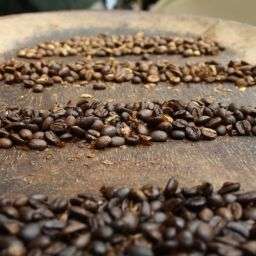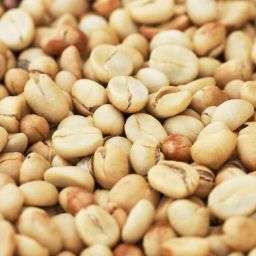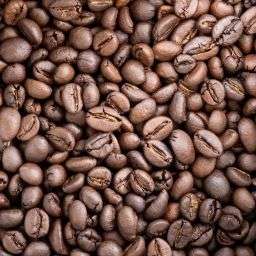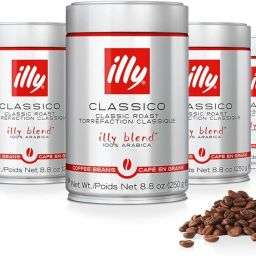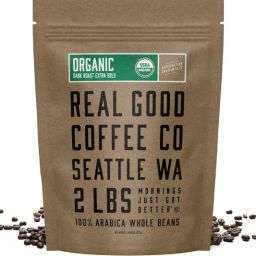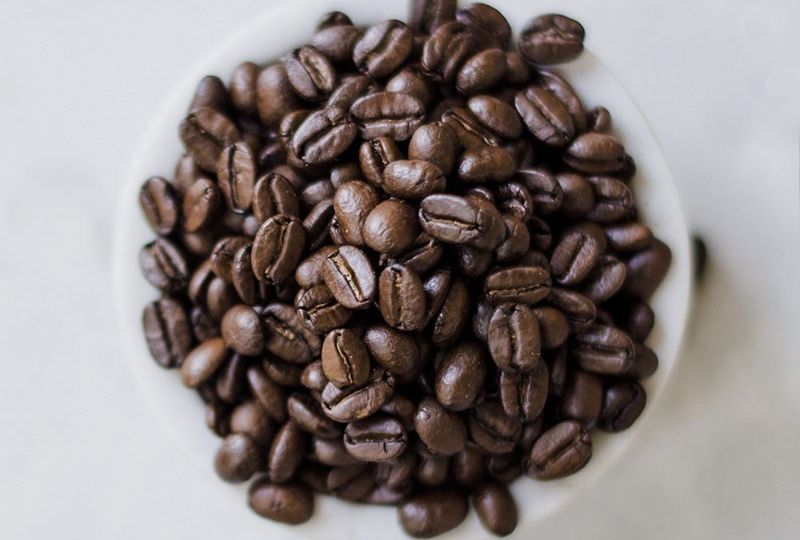
The coffee bean to water ratio is a fundamental component of brewing coffee that significantly influences the flavor, strength, and quality of the final cup. This ratio determines how concentrated or diluted the coffee will be. A commonly recommended starting point is a ratio of 1:16, meaning for every gram of coffee, 16 grams (or milliliters) of water is used.
Adjustments can be made based on personal taste preferences, with a lower ratio resulting in a stronger brew and a higher ratio yielding a milder cup.
Overview of Common Coffee Cup Sizes
Coffee cup sizes vary, influencing the number of coffee beans needed for each cup. Espresso is typically served in small cups of about 2 fluid ounces (59 ml), while a standard coffee mug holds approximately 8 fluid ounces (237 ml). Larger sizes, such as those used for café au lait or lattes, can contain 12 to 16 fluid ounces (355 to 473 ml).
Understanding these sizes is crucial for adjusting the amount of coffee beans used to ensure the desired flavor intensity and volume of coffee.
Type of Coffee Brew Method (Espresso, French Press, Pour-Over)
The brewing method plays a significant role in determining how many coffee beans are needed. Espresso requires a fine grind and a high coffee-to-water ratio, typically around 1:2, for its concentrated form. In contrast, French Press utilizes a coarser grind and a lower ratio, about 1:15, due to its immersion brewing method.
Pour-over techniques often recommend a ratio between 1:15 and 1:17, balancing between extraction efficiency and flavor concentration.
Impact of Coffee Bean Type (Arabica vs. Robusta)
The type of coffee bean, Arabica or Robusta, affects the quantity needed per cup due to differences in flavor intensity, caffeine content, and bean size. Arabica beans are known for their smooth, complex flavor profiles and generally require a more nuanced approach to achieve the desired taste.
Robusta beans, on the other hand, have a stronger, more bitter flavor and higher caffeine content, which can influence the amount used to avoid an overly intense brew.
Role of Grind Size and Roast Level
Grind size and roast level are crucial in determining the number of beans per cup. A finer grind increases the surface area in contact with water, enhancing flavor extraction but also requiring careful measurement to avoid over-extraction. Conversely, a coarser grind requires more beans to achieve the same flavor intensity. Similarly, the roast level impacts the bean’s density and flavor profile.
Light roasts tend to be denser and may require more beans for a strong flavor, while dark roasts are less dense and can impart a stronger taste with fewer beans.
Coffee Beans to Water Ratio for Different Brews
The coffee beans to water ratio varies significantly across different brewing methods, directly impacting the strength and flavor of the coffee. For instance, espresso, known for its concentrated form, typically uses a 1:2 ratio. French Press, favoring a full-bodied flavor, often employs a 1:15 ratio.
Pour-over methods might suggest a ratio between 1:15 and 1:17, balancing extraction and flavor. These ratios serve as starting points, with adjustments made based on personal taste preferences and specific bean characteristics.
Measuring Coffee Beans: Grams, Tablespoons, and Ounces
When it comes to measuring coffee beans, precision leads to consistency in flavor. Using grams is most accurate, with standard recommendations ranging from 15 grams for a light cup to 20 grams for a stronger cup per 8-ounce (about 240 ml) serving.
Tablespoons offer a more accessible but less precise alternative, typically translating to about 2 tablespoons (approximately 10 grams) of coffee beans for a standard cup. Converting grams to ounces, 1 ounce equals about 28.35 grams, providing another measurement option though it introduces variability due to the varying density of coffee beans after roasting.
Single Cup Measurements for Espresso, French Press, and Pour-Over
For a single cup of espresso (approximately 2 ounces or 60 ml), about 18-20 grams of coffee beans are recommended. French Press users aiming for an 8-ounce (240 ml) cup might start with 15-30 grams, depending on the desired strength. Pour-over enthusiasts could use 20-25 grams for the same volume, adjusting for personal taste and the coffee’s characteristics.
Calculations for Multiple Cups: Adjusting Bean Quantities
Calculating coffee beans for multiple cups requires scaling the measurements proportionally. For instance, if brewing four 8-ounce cups via French Press, one would multiply the single-cup bean quantity by four. This method ensures consistency across larger brews.
Adjustments may be necessary based on the brewing method’s efficiency and the coffee beans’ response to scaling, emphasizing the importance of experimentation and taste testing.
Adjusting Ratios for Personal Taste Preferences
Tailoring the coffee bean to water ratio according to personal taste is a journey of discovery. Start with standard ratios and then adjust. If the coffee tastes too strong, increase the water ratio. Conversely, for a stronger brew, decrease the water. This process of adjustment helps in finding the perfect balance that suits your palate.
Experimenting with Different Bean Types and Roasts
Dive into the diverse world of coffee beans and roasts. Each type of bean (Arabica, Robusta) and roast level (light, medium, dark) offers unique flavors and strengths. Light roasts are more acidic and retain the bean’s original flavors, while dark roasts are less acidic and have a more pronounced bitterness. Experimenting with these can significantly alter your coffee experience.
FAQs
- How do brewing methods impact the amount of coffee beans used? Different brewing methods require different amounts of coffee beans. Espresso needs a finer grind and more beans for a concentrated shot, while French Press uses a coarser grind and fewer beans for a larger volume.
- Does the roast level affect how many beans I need? Yes, darker roasts are less dense and therefore you might need more by volume to achieve the same weight as a lighter roast.
- How can I measure coffee beans without a scale? Use measuring spoons. A general guideline is 2 tablespoons (about 10 grams) of coffee beans for every 6 ounces (180 ml) of water, though this can vary based on personal preference.
Conclusion
Finding the perfect coffee cup is an art and science, blending standard measurements with personal preferences. Start with recommended ratios and measurements, then adjust based on the brew method, bean type, and roast level. Embrace the process of experimentation to refine your taste and technique.
The journey to the perfect cup is personal and ongoing, with each adjustment bringing you closer to your ideal brew. Experiment with ratios, bean types, and brewing methods to discover what best suits your palate. Remember, the perfect cup of coffee is the one that best aligns with your taste preferences.



